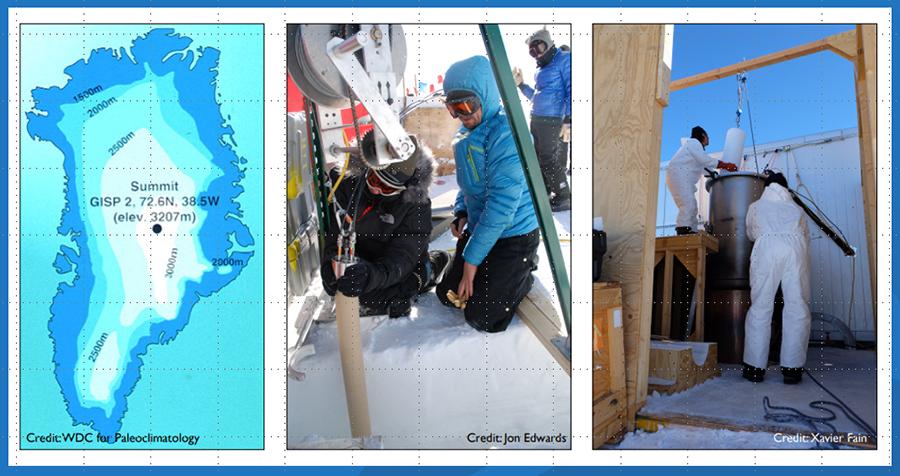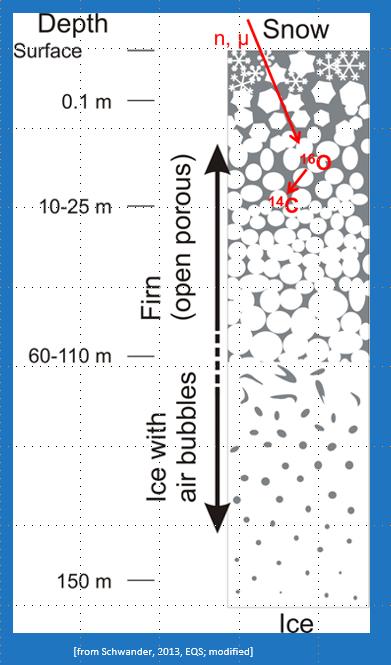Key Points
The study elucidates how in situ cosmogenic radiocarbon (14C) is produced, retained and lost in the top layer of compacting snow (the ‘firn layer’) and the shallow ice below
The findings have implications for all measurements involving 14C in ice sheets
ANSTO scientists undertook radiocarbon measurements at the Centre for Accelerator Science to support the research
ANSTO scientists, Dr Andrew Smith, Dr Quan Hua and Dr Bin Yang have contributed to an important new that elucidates how in situ cosmogenic radiocarbon (14C) is produced, retained and lost in the top layer of compacting snow (the ‘firn layer’) and the shallow ice below at an ice accumulation site in Greenland.
The that were published by a large international team led by the University of Rochester (US) in The Cryosphere have implications for all measurements involving 14C in ice sheets.

“Atom hunter” Dr Smith has a longstanding collaboration with A/Prof Vasilii Petrenko and the team at the , extracting trace atmospheric gases from Arctic and Antarctic ice cores, mostly to improve our understanding of the past global atmospheric methane budget.
This recent research has implications for interpreting isotopic measurements of carbon containing gases such as CO (carbon monoxide), carbon dioxide (CO2) and methane (CH4) extracted from past air trapped in the firn layer or deeper in ice core bubbles.

“The radiocarbon component of these gases, 14CO, 14CO2 and 14CH4 provides invaluable insights into the movement of carbon in the carbon cycle. This is particularly important for methane, as this gas is currently contributing approximately 23% of the global warming we are experiencing,” explained Dr Smith.
“Because methane has a relatively short lifetime of about nine years in the atmosphere, mitigating our methane emissions will have a much quicker impact on climate change than for carbon dioxide. Methane is mostly removed from the atmosphere by a very reactive compound, the ‘hydroxyl radical’, OH,” he added.
Measurement of 14





